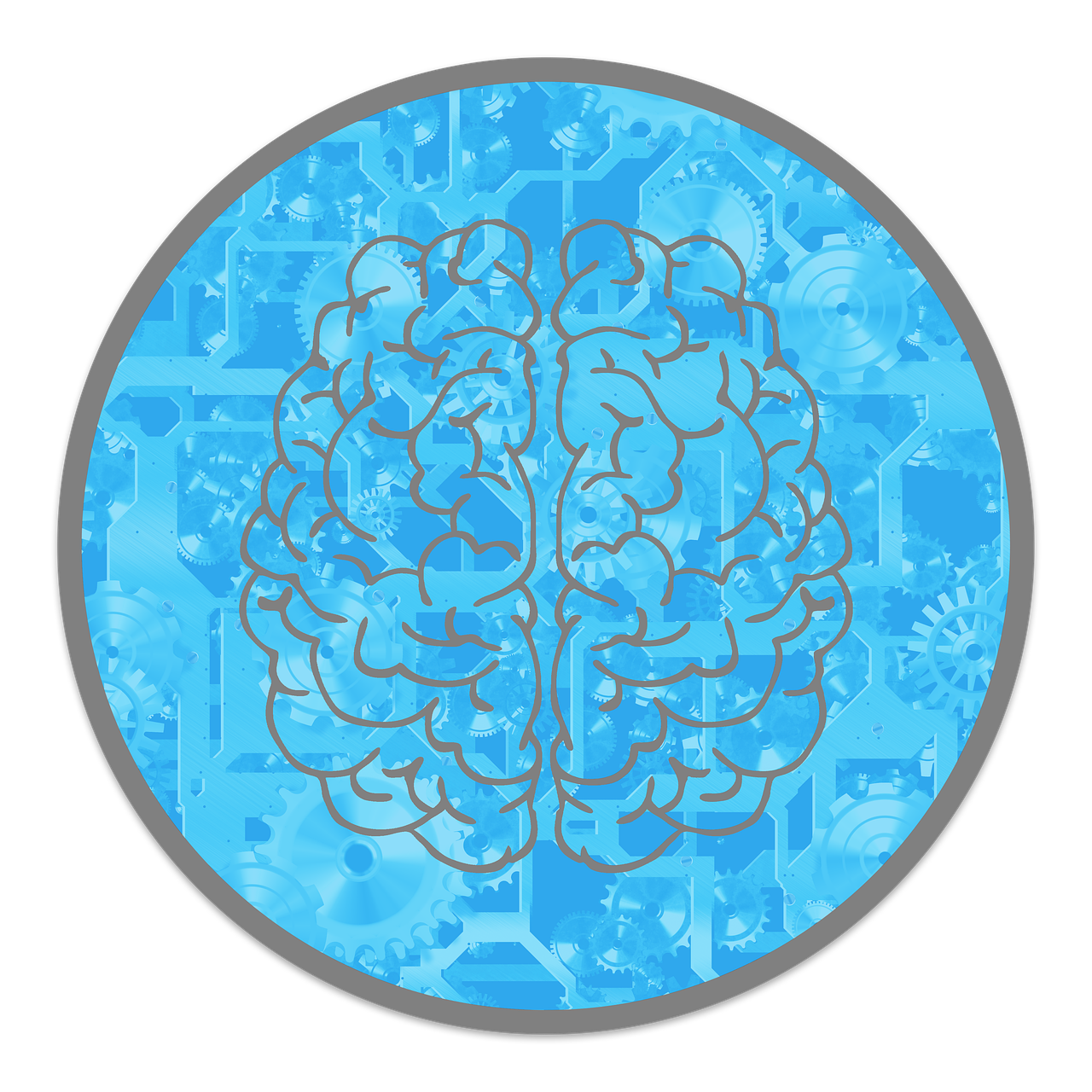
Ever bawled over a Disney movie or binge-read a novel like your life depended on it?
That’s not just drama—it’s brain science.
When you hear a powerful story, your brain releases oxytocin—the same “cuddle chemical” that kicks in when you hug your dog or watch baby panda videos.
Oxytocin makes you feel connected, emotional, and way more likely to care.
It’s like your brain’s way of saying, “This story matters!”
That’s why stories can change minds, inspire action, and even make you buy something you didn’t know you needed (hello, emotional ad campaigns).
Marketers, teachers, and content creators use this brain hack all the time—kind of like Jedi mind tricks, but backed by neuroscience.
The Neuroscience Behind Storytelling
Your brain isn’t just listening to a story—it’s having a full-on party.
Here’s what’s going down inside your head every time you get sucked into a good movie, book, or even a TikTok mini-drama:
Emotional engagement through oxytocin
When you watch a movie and start crying over a cartoon fish (Looking at you, Finding Nemo), that’s your brain releasing oxytocin—the same chemical that shows up when you hug someone or snuggle your cat.
It makes you feel connected, warm, and ready to care deeply about made-up characters.
This emotional boost is why good stories can inspire us to trust, help others, or click “Buy Now” on something we didn’t even need.
Stories that grab your attention and your heart? Those are the ones that get you off the couch and doing something. – Dr. Paul Zak
Mirror neurons and identification
Your brain has these cool things called mirror neurons.
They basically light up when you watch someone do something—as if you’re doing it too.
So when a character runs from zombies or falls in love, your brain is like, “OMG, same!” That’s why you feel their fear, joy, or heartbreak like it’s happening to you.
Dopamine and memory
Ever felt totally hooked during a plot twist or cliffhanger?
That’s your brain pumping out dopamine—your internal reward system going “Yesss, this is the good stuff.”
It’s what makes stories exciting and helps you remember them way better than boring facts.
Your brain loves a little drama.

Why Brands and Marketers Should Care
If stories make our brains pump out oxytocin—the trust-and-feel-good hormone—then brands have a golden opportunity.
Because here’s the deal: people don’t just buy stuff with logic… they buy with feelings.
According to Harvard Business Review, emotionally connected customers are 52% more valuable than highly satisfied ones.
Here’s how smart brands use storytelling like a pro:
Make the customer the hero
Don’t be the main character. Let your customer shine. You’re Yoda, not Luke.
Hermione, not Harry.
Tell stories where your product helps them win the day.
Use real people, not robot talk
Forget the corporate blah-blah.
Show real stories—testimonials, case studies, glow-ups.
When people see others winning with your help, they feel all the feels (and maybe reach for their wallet).
Stick to classic human vibes
Love, struggle, comebacks, triumphs—those never go out of style (kind of like “Friends” reruns).
Base your brand stories on stuff everyone relates to, and you’ll hit people right in the feels.
Storytelling in Education and Social Change
Storytelling isn’t just for selling sneakers or phone plans—it’s also a secret weapon in classrooms and world-changing campaigns.
In education
Ever zoned out during a fact dump but remembered every detail of that one history teacher’s epic pirate story?
That’s because stories light up your brain like a Christmas tree.
They activate your senses and emotions, which helps you actually remember stuff.
UC Berkeley (yeah, the brainy people) found that students remember 20% more when learning through stories instead of plain old facts.
So, more Hogwarts-style storytelling in class = less cramming before finals.
In social change
Want to save the planet or fight injustice? Don’t just throw stats at people—tell them about real lives.
Personal stories about climate change, poverty, or inequality stick with people way more than charts or graphs ever could.
As Harvard’s Marshall Ganz put it:
If you want to change behavior, tell a story. If you want to change the world, tell a bunch of them.
Think of it like this: one powerful story = a spark. A bunch of them? That’s a wildfire.

Practical Tips to Craft Story-Driven Content
Wanna create content that makes people laugh, cry, and maybe even hit “share”?
Here are 6 no-fluff, scroll-stopping storytelling tips anyone can use—even if you’re not Spielberg.
1. Follow the hero’s journey (Yes, like every movie ever)
Start with a main character (could be you, your customer, or even a goldfish).
Give them a challenge, throw in some drama, then show how they win in the end.
Think Moana, Spider-Man, or literally every season of Stranger Things.
2. Paint pictures with words
Don’t just say “it was hot.” Say “the sun was basically trying to melt my face off.”
Use language that helps people see, hear, and feel your story.
Your brain loves that sensory stuff.
3. Make ‘em feel something
Joy, fear, hope, that lump-in-your-throat moment—your story should hit people in the feels.
Emotional stories stick like glitter in your carpet.
4. Keep it real
Don’t fake it—people can smell phony from a mile away (looking at you, stock photo family).
Real stories build trust. Plus, oxytocin loves a good dose of truth.
5. Add some drama (just enough)
Every good story needs a little mess—conflict gets your brain hyped and releases dopamine (a.k.a. the “Ooooh, what happens next?” chemical).
Then, give ‘em that sweet, satisfying resolution.
6. Leave ‘em with something
Wrap it up with a solid message, lesson, or call to action.
What should your audience feel, do, or remember?
Don’t just fade to black like a confusing art film.

Conclusion: The Power of Oxytocin-Fueled Storytelling
Our brains are built for stories—it’s like nature gave us Netflix before Wi-Fi existed.
And the star of the show? Oxytocin—the feel-good chemical that makes us trust, care, and connect.
Basically, it’s emotional superglue.
Whether you’re selling sneakers, teaching history, or trying to save the planet, storytelling is your secret weapon.
When you use it right, you’re not just grabbing attention—you’re changing minds and moving hearts.
So, if you want your content to actually matter (and not just scroll by like another TikTok ad), tell stories that make people feel.
Science says it works. Your brain agrees. And honestly? So do your followers.



